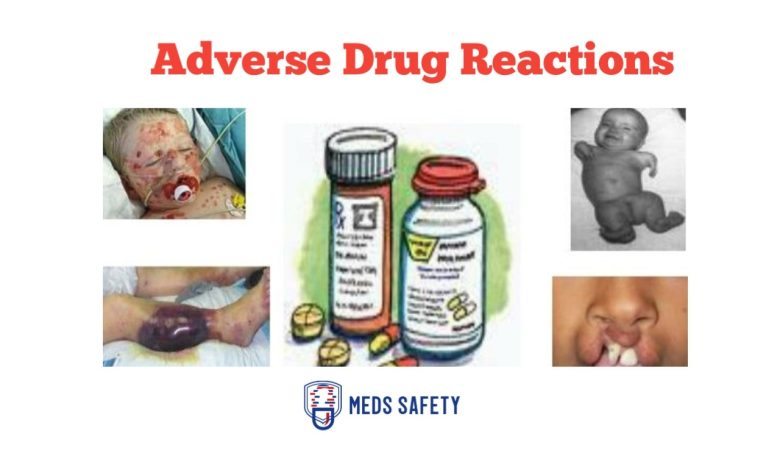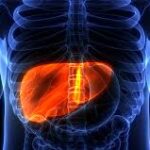What Are The 5 Types Of Adverse Drug Reactions (ADRs)?

Adverse drug reactions (ADRs) refer to unintended and harmful responses to medication. ADRs can occur when a patient takes any type of medication, including prescription and over-the-counter drugs, as well as herbal and dietary supplements.
ADRs have been recognized for centuries, with historical evidence indicating that the ancient Greeks and Romans were aware of the potential for medicines to cause unintended side effects. However, it was not until the 20th century that systematic approaches to pharmacovigilance were developed. The thalidomide tragedy in the 1950s and 1960s, where a drug intended for use during pregnancy caused severe birth defects, was a pivotal event in the history of pharmacovigilance and led to the establishment of regulatory agencies for drug safety worldwide.
Today, ADRs remain a major concern in healthcare, with many patients experiencing unwanted side effects from medication. The World Health Organization estimates that ADRs are among the top ten causes of death globally and that they are responsible for significant morbidity and mortality, as well as substantial healthcare costs.
Pharmacovigilance, which is the science and activities related to the detection, assessment, understanding, and prevention of ADRs, plays a critical role in promoting patient safety and ensuring that medicines are used effectively and appropriately.
Types of Adverse Drug Reactions
There are several types of ADRs, including:
1. Type A (augmented): These are the most common types of ADRs, accounting for approximately 80% of all ADRs. Type A reactions occur due to the known pharmacological action of the drug. For example, the sedative effects of antihistamines, the bleeding risk of blood thinners, or the nausea and vomiting that may occur as a side effect of chemotherapy. Type A reactions are usually predictable and dose-dependent, meaning that they become more severe as the dose of the drug increases. These reactions can often be managed by adjusting the dose of the medication or by using supportive measures such as anti-nausea medication.
2. Type B (bizarre): These are unpredictable reactions that are not related to the known pharmacological action of the drug. Type B reactions are often idiosyncratic, meaning that they occur in only a small subset of patients and are not related to dose or duration of therapy. For example, an allergic reaction to a medication or a severe skin rash. Type B reactions are usually not dose-dependent and are difficult to predict. These reactions are often more severe and can be life-threatening. Some type B reactions may be related to genetic factors, such as the ability to metabolize a medication.
3. Type C (chronic): These reactions occur after prolonged use of a medication and are related to its cumulative dose. Type C reactions often occur in organs that have a high metabolic rate, such as the liver, kidneys, or bone marrow. For example, kidney damage from taking painkillers over a long period of time. Type C reactions are usually dose-dependent and occur more frequently with higher doses or longer durations of therapy. These reactions may be difficult to detect early and can lead to permanent damage if not recognized and managed appropriately.
4. Type D (delayed): These reactions occur after a delay and may only become apparent after a certain amount of time has passed. Type D reactions often occur in organs that have a slow metabolic rate, such as the heart or lungs. For example, heart damage from taking certain cancer medications. These reactions may be dose-dependent, but the onset of symptoms may be delayed for months or even years after the initiation of therapy. Type D reactions may be difficult to predict and may require long-term monitoring to detect.
5. Type E (end-of-treatment): These reactions occur when a medication is stopped, and the body reacts negatively to the sudden withdrawal of the drug. Type E reactions are often related to medications that affect the central nervous system, such as benzodiazepines or opioids. For example, seizures from suddenly stopping a medication used to treat epilepsy. Type E reactions can be life-threatening and require careful management to prevent harm.
In conclusion, ADRs are an important consideration in the use of medications, and healthcare providers must be aware of the different types of ADRs and how to manage them appropriately. Understanding the different types of ADRs can help healthcare providers identify, prevent, and manage ADRs more effectively, ultimately improving patient safety and outcomes.





